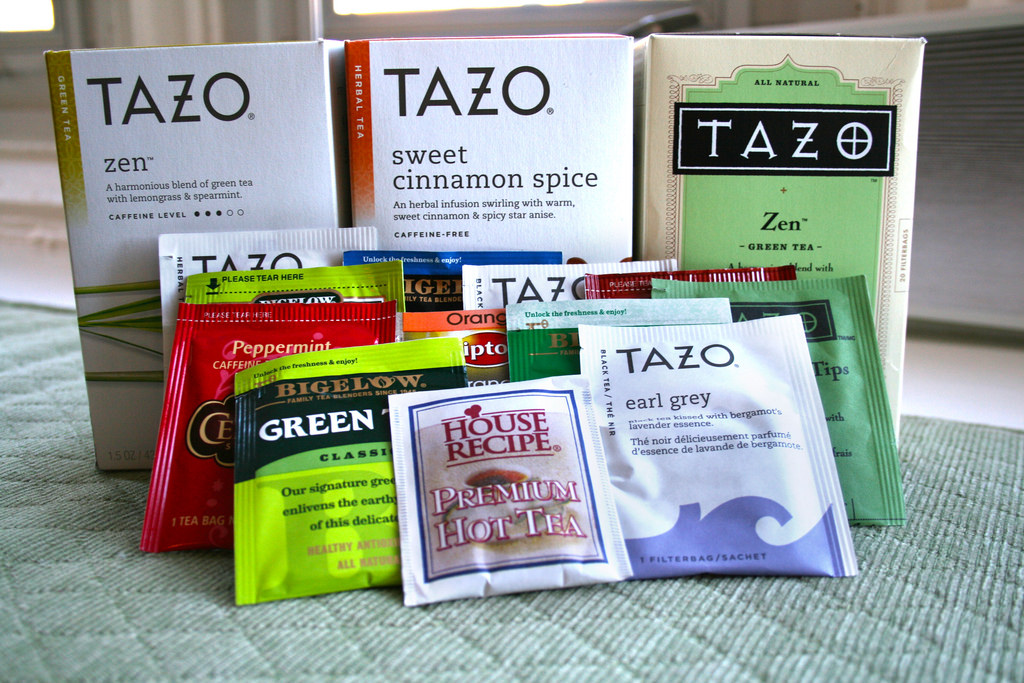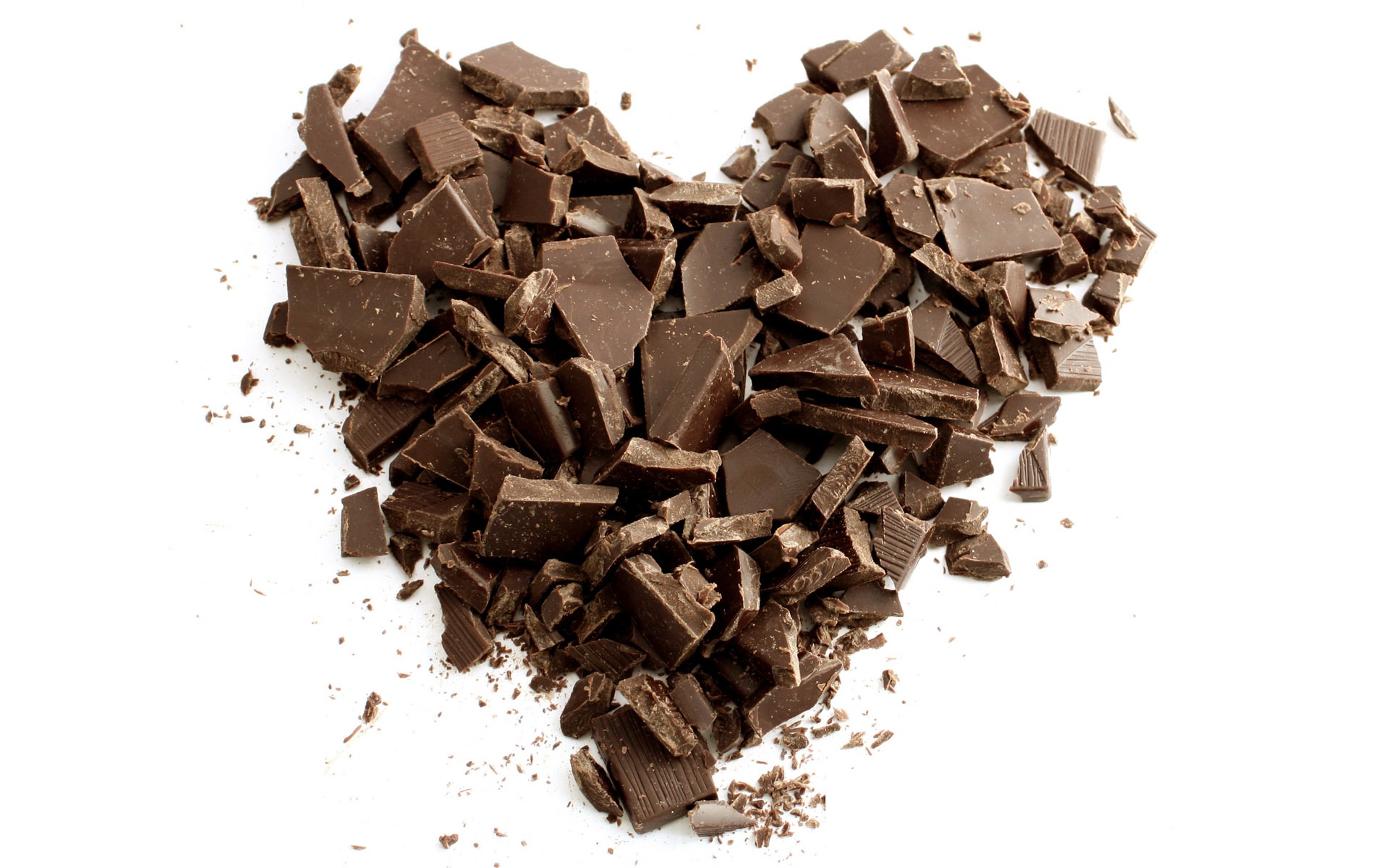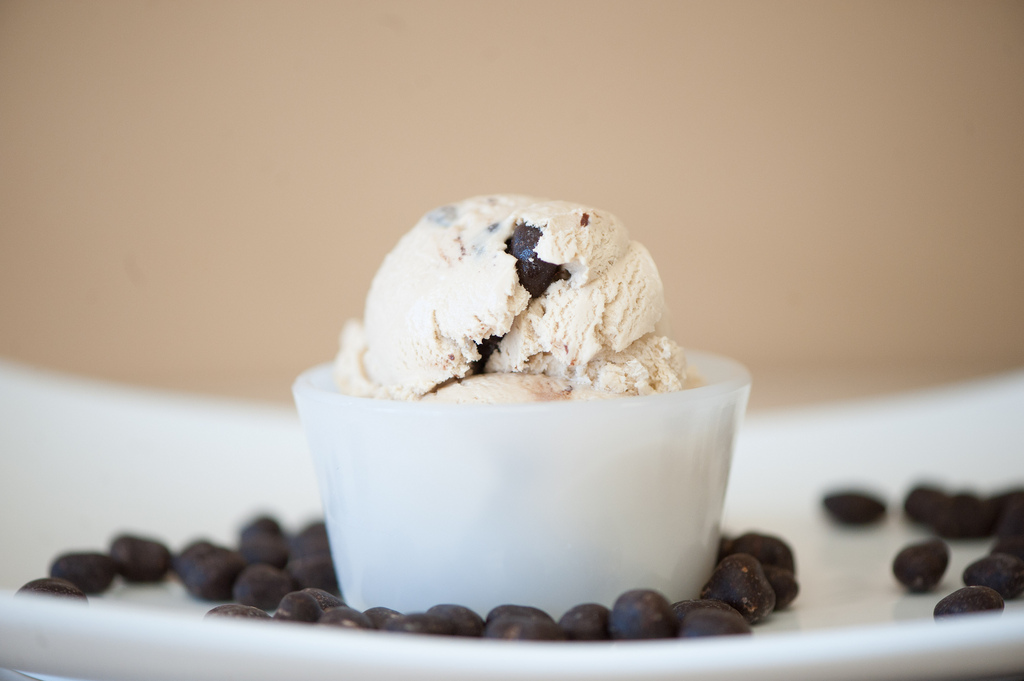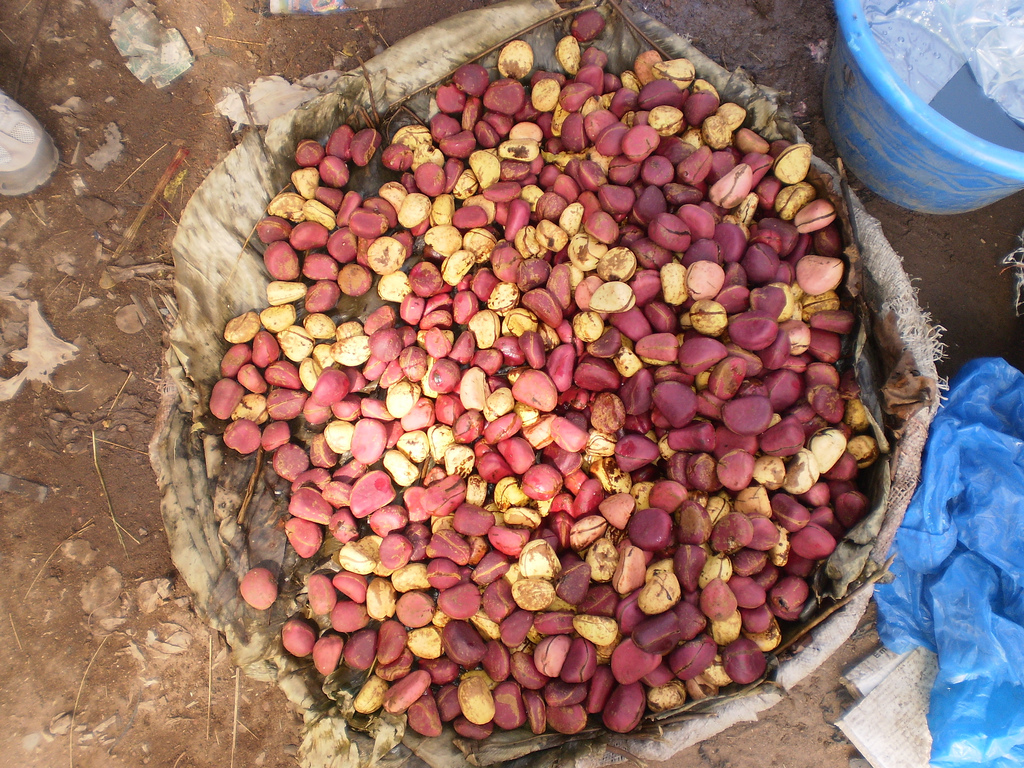We’re supposed to get at least 8 hours of sleep a night, but who actually does that? Lucky for you, standard college student, there is caffeine. Kudos to you if you can get through your day without at least one cup of coffee; but if you’re like me, your day consists of at least one trip to Starbucks for your fix. Caffeine appears in more than just your daily cup of coffee, though. Here are some surprising ways to get a dose of it that you might not know about.
Tea

Photo by Alex Tom
Caffeine content of tea varies for each type, ranging from 30 milligrams in 8 ounces of white tea to 90 milligrams in 8 ounces of black tea. Tea generally has less caffeine than coffee but more than most sodas.
Chocolate

Photo courtesy of TheHungryMa.com
Cocoa beans naturally contain caffeine, so all of the chocolate that you eat has some caffeine. The average candy bar has around 10 milligrams of caffeine, and darker chocolate has a higher caffeine content. A Hershey’s Special Dark Chocolate Bar has 31 milligrams, almost as much as a can of coke does.
Ice Cream

Photo courtesy of Flickr
Coffee- and chocolate-flavored ice cream can contain between 45 and 75 milligrams of caffeine per cup. That’s more caffeine than a can of soda, and almost as much as in a small can of Red Bull.
Kola Nut

Photo courtesy of Flickr
Kola nut is the fruit of the kola tree (duh), found in African rain forests. With its high caffeine content, this fruit can be brewed into a coffee-like drink or, if you really need a jolt, chewed raw.

